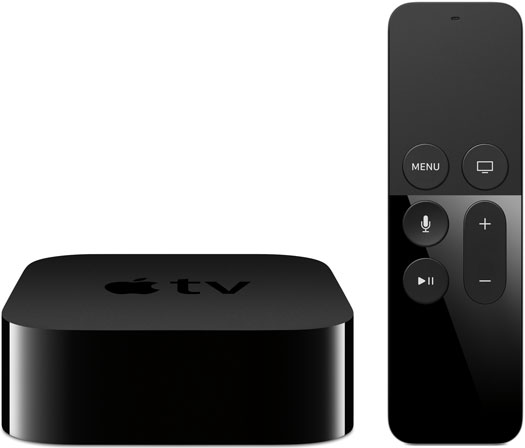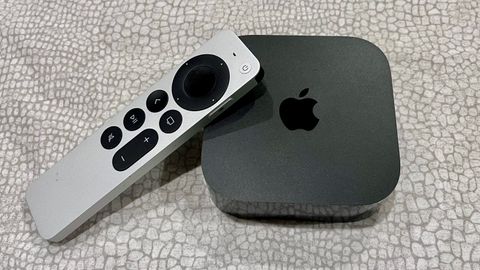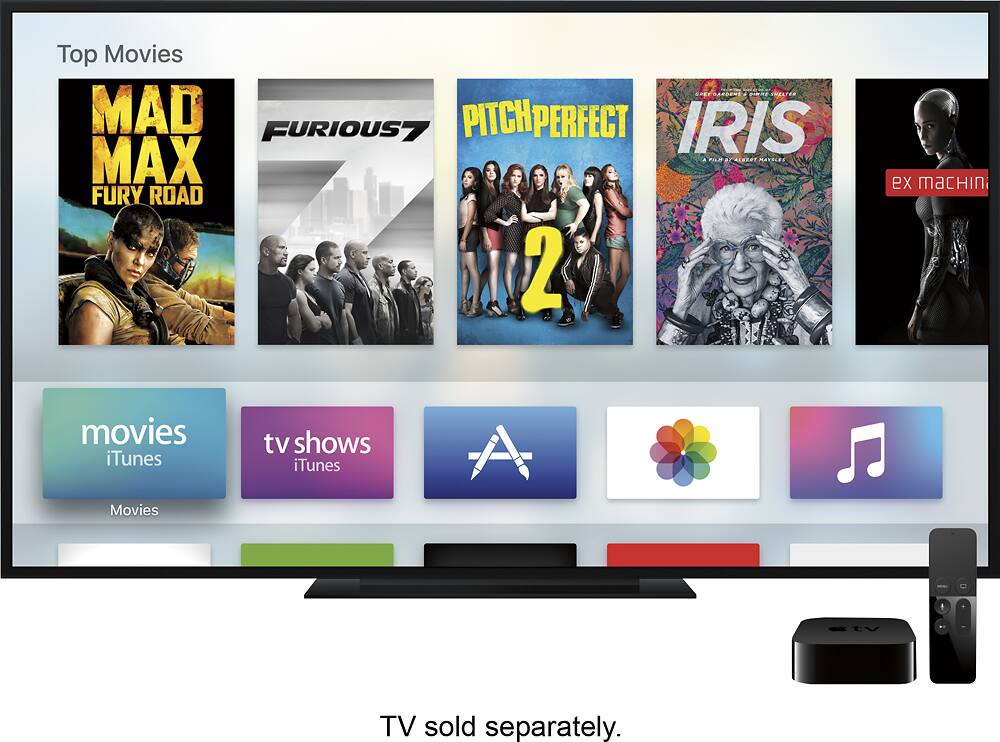Finn ut hvilken generasjon av Apple TV som er den beste for deg. Vi gir en kort oversikt over funksjonene til hver generasjon Apple TV.
Innholdsfortegnelse
Generations of Apple TV have evolved over time, each offering its own set of features and improvements. Determining which generation is the best depends on individual preferences and specific needs. Here, we will briefly highlight the key features of each generation to help inform the decision.
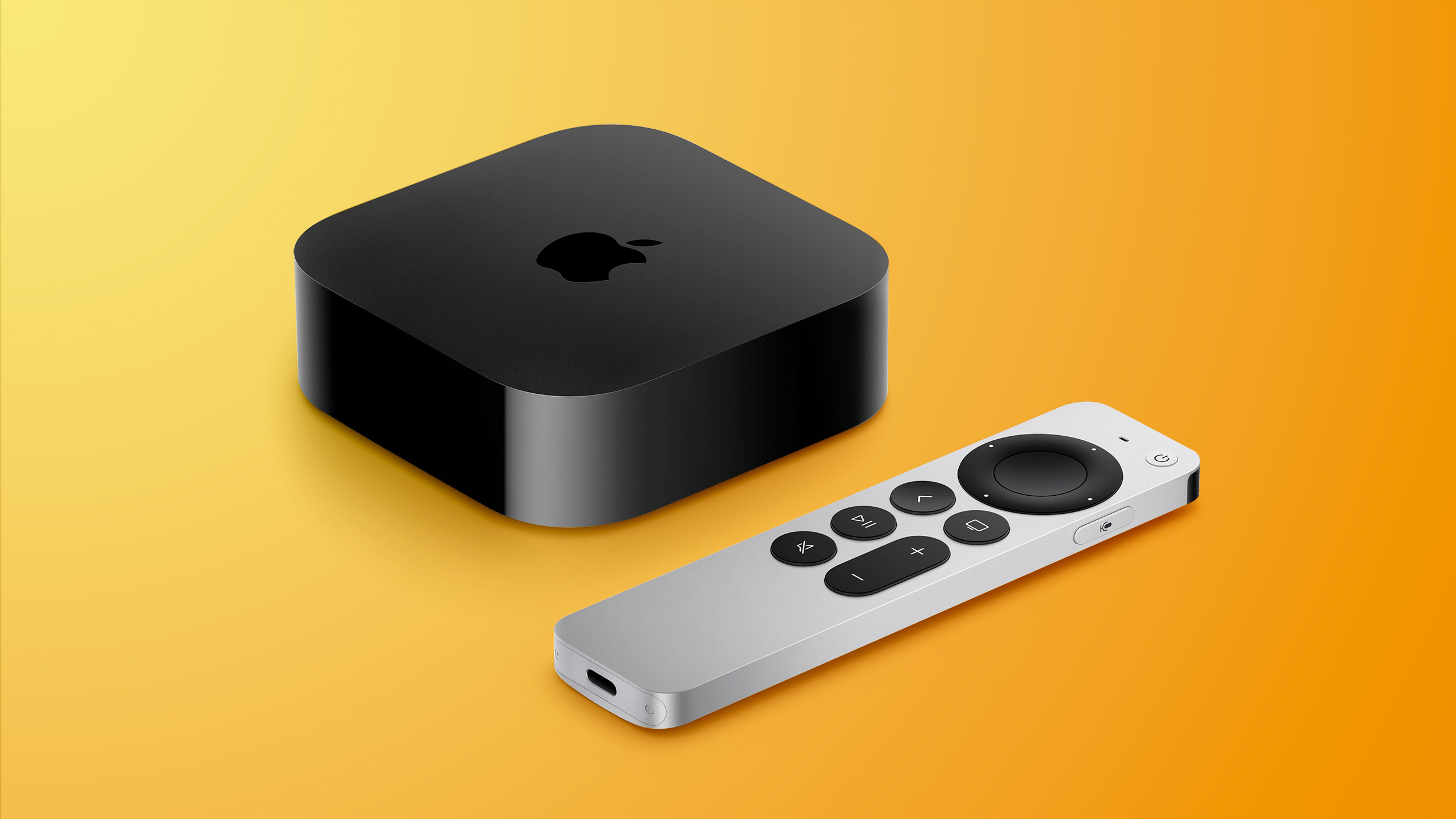
First Generation
The first-generation Apple TV was introduced in 2007. It featured a Pentium M processor, ran a variant of Mac OS X Tiger, and had a 40 GB hard disk for content storage. It supported up to 720p output on HDTVs and required a Mac or Windows-based PC running iTunes for syncing or streaming content. While this was a groundbreaking device at the time, subsequent generations offered more advanced features.

Second Generation
In 2010, the second-generation Apple TV was released. This model was based on the ARM-based Apple A4 chip and ran a variant of iOS. It was significantly smaller than its predecessor and replaced the internal hard drive with 8 GB of flash storage for buffering. It supported 720p output via HDMI and introduced AirPlay for streaming video from iPhones, iPads, and Macs.
Se også
Third Generation
The third-generation Apple TV, introduced in 2012, featured an A5 chip and added support for 1080p video output. It also allowed remote access to HomeKit devices, expanding its functionality beyond media streaming.

HD (Fourth Generation)
In 2015, the fourth-generation Apple TV was launched, featuring significant improvements. It introduced tvOS with an app store, allowing users to download third-party apps for video, audio, games, and more. Powered by a 64-bit Apple A8 chip, it supported Dolby Digital Plus audio and came with the Siri Remote, offering enhanced control options and voice search capabilities.
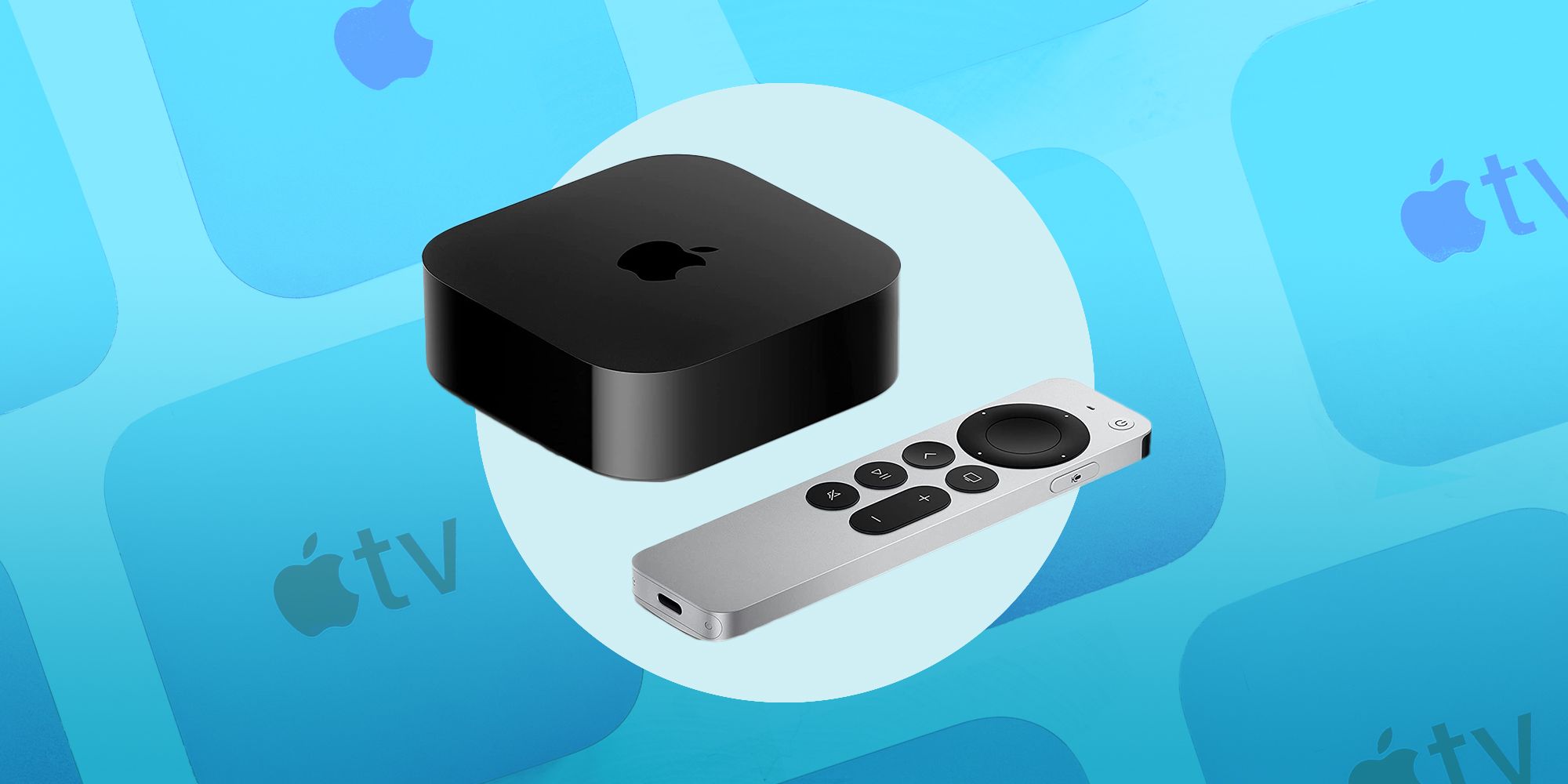
4K (First and Second Generation)
In 2017, Apple introduced the Apple TV 4K, which supported 2160p output, HDR10, Dolby Vision, and included a faster A10X chip. It offered an immersive viewing experience with enhanced picture quality and added support for Dolby Atmos in tvOS 12. In 2021, an updated Apple TV 4K was released, featuring the A12 Bionic chip, high frame rate HDR, HDMI 2.1, and Wi-Fi 6.
Se også
4K (Third Generation)
Recently, Apple announced the updated Apple TV 4K with the A15 Bionic chip, HDR10+ support, reduced weight and dimensions, and various storage options. This model provides further advancements in performance and visual quality.
Ultimately, the best generation of Apple TV depends on individual needs. If you prioritize the latest technology and the highest visual and audio quality, the most recent generations, such as the 2021 or the updated 4K (Third Generation), may be the best options. On the other hand, if you are looking for a more affordable option with solid performance and access to the app store, the HD (Fourth Generation) or the earlier 4K versions can still provide an excellent viewing experience.
Consider your budget, desired features, and compatibility with your existing devices before making a decision. Whether you choose the latest generation or an earlier version, Apple TV continues to provide a seamless and user-friendly streaming experience.

Hva vil Wiki fortelle oss?
Generations of Apple TV have evolved over time, each offering its own set of features and improvements. Determining which generation is the best depends on individual preferences and specific needs. Here, we will briefly highlight the key features of each generation to help inform the decision.
First Generation
The first-generation Apple TV was introduced in 2007. It featured a Pentium M processor, ran a variant of Mac OS X Tiger, and had a 40 GB hard disk for content storage. It supported up to 720p output on HDTVs and required a Mac or Windows-based PC running iTunes for syncing or streaming content. While this was a groundbreaking device at the time, subsequent generations offered more advanced features.
Second Generation
In 2010, the second-generation Apple TV was released. This model was based on the ARM-based Apple A4 chip and ran a variant of iOS. It was significantly smaller than its predecessor and replaced the internal hard drive with 8 GB of flash storage for buffering. It supported 720p output via HDMI and introduced AirPlay for streaming video from iPhones, iPads, and Macs.
Third Generation
The third-generation Apple TV, introduced in 2012, featured an A5 chip and added support for 1080p video output. It also allowed remote access to HomeKit devices, expanding its functionality beyond media streaming.
HD (Fourth Generation)
In 2015, the fourth-generation Apple TV was launched, featuring significant improvements. It introduced tvOS with an app store, allowing users to download third-party apps for video, audio, games, and more. Powered by a 64-bit Apple A8 chip, it supported Dolby Digital Plus audio and came with the Siri Remote, offering enhanced control options and voice search capabilities.
4K (First and Second Generation)
In 2017, Apple introduced the Apple TV 4K, which supported 2160p output, HDR10, Dolby Vision, and included a faster A10X chip. It offered an immersive viewing experience with enhanced picture quality and added support for Dolby Atmos in tvOS 12. In 2021, an updated Apple TV 4K was released, featuring the A12 Bionic chip, high frame rate HDR, HDMI 2.1, and Wi-Fi 6.
4K (Third Generation)
Recently, Apple announced the updated Apple TV 4K with the A15 Bionic chip, HDR10+ support, reduced weight and dimensions, and various storage options. This model provides further advancements in performance and visual quality.
Ultimately, the best generation of Apple TV depends on individual preferences, desired features, and budget. Each generation has brought significant improvements, enhancing the overall user experience and expanding the capabilities of the device.




:max_bytes(150000):strip_icc()/Apple-TV-4K-Siri-Remote-221018_big.jpg.large_2x-dc9dbffd8af24697b1312a00d30afb3d.jpg)
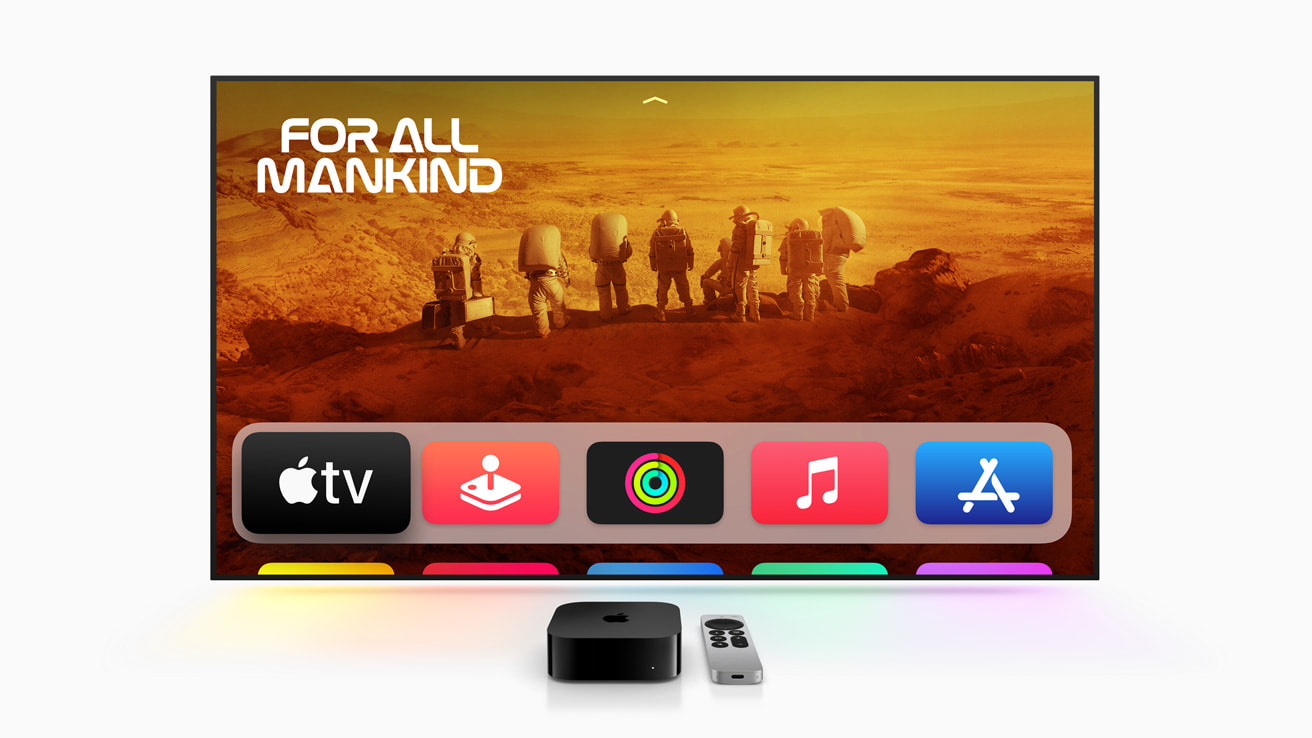

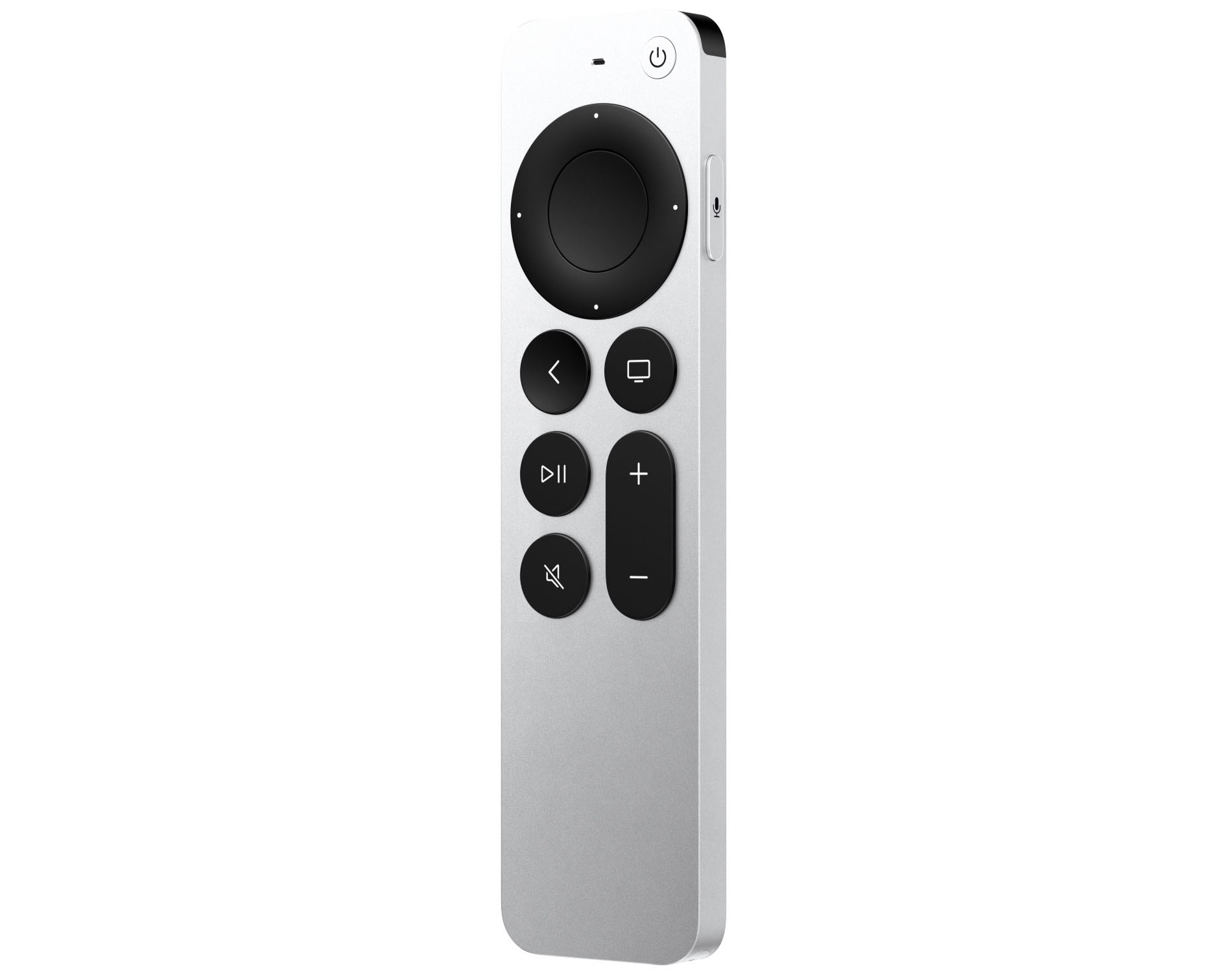
/cdn.vox-cdn.com/uploads/chorus_asset/file/24160553/DSCF0260_2.jpg)
